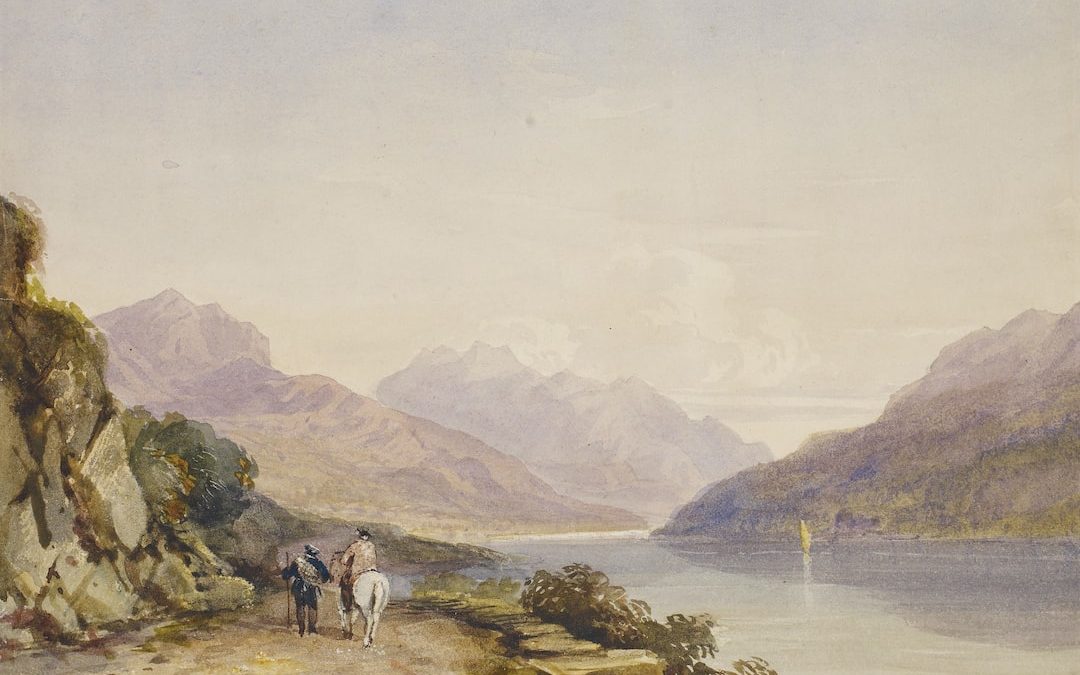Table of Contents
Preserving China’s World Heritage Sites
China is home to some of the world’s most iconic and important sites, some of which are recognized as World Heritage Sites. These sites are a cornerstone of Chinese culture and attract millions of visitors from around the world every year. But with so many of these sites being thousands of years old, their preservation is a complex and challenging task. In this blog post, we’ll explore how China is protecting and preserving its World Heritage Sites.
Understanding China’s World Heritage Sites
China is home to over 50 World Heritage Sites, many of which are cultural sites, such as the Great Wall of China, the Forbidden City, and the Terracotta Warriors. These sites are recognized by the United Nations Educational, Scientific, and Cultural Organization (UNESCO) as being of outstanding universal value. They are also protected by the World Heritage Convention, which was adopted by the UNESCO General Conference in 1972.
In China, these sites are managed by the State Administration of Cultural Heritage, which is responsible for their conservation and protection. The Chinese government has also taken steps to protect the sites from the impacts of climate change, air and water pollution, and over-tourism. These measures include the development of management plans, monitoring systems, and long-term conservation efforts.
In addition, the Chinese government has also established a number of protected areas around the sites, such as the Great Wall of China National Park, the Forbidden City World Heritage Site, and the Terracotta Warriors Cultural Landscape.
Preserving Cultural Heritage Sites
Preserving China’s cultural heritage sites is a complex and challenging task. The Chinese government has taken a number of steps to protect these sites from destruction and deterioration. These include the development of conservation plans, the implementation of strict regulations, and the establishment of conservation zones.
The Chinese government has also increased its investment in cultural heritage conservation, with plans to invest billions of dollars in the protection of these sites. These funds are used to hire and train conservation experts, fund research and restoration projects, and provide financial support for local communities.
In addition, the Chinese government has also launched a number of educational programs to raise awareness about the importance of preserving cultural heritage sites. These programs include public lectures, exhibitions, and educational materials. They also involve the participation of local communities, encouraging them to become involved in the preservation of these sites.
Preserving Natural Heritage Sites
China is home to some of the world’s most important natural heritage sites, including the Huangshan National Park, the Lushan National Park, and the Yungang Grottoes. These sites are also recognized by UNESCO as being of outstanding universal value, and they are protected by the World Heritage Convention.
The Chinese government has taken steps to protect these sites from destruction and degradation. These include the establishment of protected areas around the sites, the implementation of strict regulations, and the development of conservation plans. In addition, the Chinese government has also increased its investment in natural heritage conservation, with plans to invest billions of dollars in the protection of these sites.
The Chinese government has also launched a number of educational programs to raise awareness about the importance of preserving natural heritage sites. These programs include public lectures, exhibitions, and educational materials. They also involve the participation of local communities, encouraging them to become involved in the preservation of these sites.
The Role of Technology in Heritage Preservation
Technology is playing an increasingly important role in the preservation of China’s World Heritage Sites. For example, the use of 3-D scanning technology has enabled the conservation of sites such as the Forbidden City and the Terracotta Warriors. This technology has allowed researchers to create detailed 3-D models of the sites, which can then be used to monitor changes over time.
In addition, the use of drones has enabled the Chinese government to monitor the sites and detect any potential threats. This technology has allowed researchers to identify potential threats such as illegal construction, land use changes, and over-tourism. It has also enabled the government to take timely action to protect the sites.
Finally, the use of virtual reality technology has allowed researchers to recreate the sites in 3-D and provide a more immersive experience for visitors. This technology has enabled researchers to recreate the sites in high-resolution detail, allowing visitors to explore the sites from the comfort of their own homes.
Sustainable Tourism
Sustainable tourism is playing an important role in the preservation of China’s World Heritage Sites. The Chinese government has implemented a number of policies to promote sustainable tourism, such as the development of eco-tourism and the implementation of strict regulations. These policies have enabled the government to better manage the influx of tourists to the sites, while also protecting the sites from over-tourism.
In addition, the Chinese government has also taken steps to promote responsible tourism. These include the development of educational programs to raise awareness about the importance of preserving the sites, the implementation of strict regulations to protect the sites from over-tourism, and the establishment of conservation zones to protect the sites from development.
Finally, the Chinese government has also increased its investment in sustainable tourism, with plans to invest billions of dollars in the promotion of eco-tourism. These funds are used to hire and train sustainable tourism experts, fund research and conservation projects, and provide financial support for local communities.
The Role of International Cooperation
International cooperation is playing an important role in the preservation of China’s World Heritage Sites. The Chinese government has taken steps to promote international cooperation, including the establishment of the China International Heritage Cooperation Center. This center is responsible for facilitating international cooperation on heritage preservation and promoting the exchange of knowledge and technology.
In addition, the Chinese government has also increased its investment in international cooperation, with plans to invest billions of dollars in the promotion of international heritage cooperation. These funds are used to hire and train international heritage experts, fund research and conservation projects, and provide financial support for international organizations.
Finally, the Chinese government has also launched a number of international programs to raise awareness about the importance of preserving World Heritage Sites. These programs involve the participation of international experts, encouraging them to become involved in the preservation of these sites.
Environmental Protection
Environmental protection is playing an important role in the preservation of China’s World Heritage Sites. The Chinese government has implemented a number of policies to promote environmental protection, such as the establishment of protected areas around the sites, the implementation of strict regulations, and the development of conservation plans. These policies have enabled the government to better manage the impact of climate change, air and water pollution, and over-tourism.
In addition, the Chinese government has also increased its investment in environmental protection, with plans to invest billions of dollars in the protection of these sites. These funds are used to hire and train environmental experts, fund research and restoration projects, and provide financial support for local communities.
Finally, the Chinese government has also launched a number of educational programs to raise awareness about the importance of preserving the environment. These programs include public lectures, exhibitions, and educational materials. They also involve the participation of local communities, encouraging them to become involved in the preservation of these sites.
Community Involvement
Community involvement is playing an important role in the preservation of China’s World Heritage Sites. The Chinese government has taken steps to involve local communities in the process of preserving these sites, including the establishment of community-based conservation initiatives. These initiatives involve members of the local community in the preservation of the sites, encouraging them to become involved in the protection of the sites.
In addition, the Chinese government has also increased its investment in community involvement, with plans to invest billions of dollars in the promotion of community-based conservation initiatives. These funds are used to hire and train local experts, fund research and conservation projects, and provide financial support for local communities.
Finally, the Chinese government has also launched a number of educational programs to raise awareness about the importance of preserving cultural heritage sites. These programs include public lectures, exhibitions, and educational materials. They also involve the participation of local communities, encouraging them to become involved in the preservation of these sites.
Public Education
Public education is playing an important role in the preservation of China’s World Heritage Sites. The Chinese government has implemented a number of policies to promote public education, such as the development of educational materials, the establishment of museums, and the implementation of public lectures. These policies have enabled the government to better educate the public about the importance of preserving cultural heritage sites.
In addition, the Chinese government has also increased its investment in public education, with plans to invest billions of dollars in the promotion of public education. These funds are used to hire and train education experts, fund research and conservation projects, and provide financial support for local communities.
Finally, the Chinese government has also launched a number of public awareness campaigns to raise awareness about the importance of preserving cultural heritage sites. These campaigns include television and radio advertisements, as well as social media campaigns. They also involve the participation of local communities, encouraging them to become involved in the preservation of these sites.
Conclusion
China is home to some of the world’s most iconic and important sites, some of which are recognized as World Heritage Sites. These sites are a cornerstone of Chinese culture and attract millions of visitors from around the world every year. But with so many of these sites being thousands of years old, their preservation is a complex and challenging task.
The Chinese government has taken a number of steps to protect these sites from destruction and deterioration, including the development of management plans, the implementation of strict regulations, and the establishment of protected areas. In addition, the Chinese government has also increased its investment in conservation, with plans to invest billions of dollars in the protection of these sites.
Finally, the Chinese government has also launched a number of educational programs and public awareness campaigns to raise awareness about the importance of preserving these sites. These programs involve the participation of local communities, encouraging them to become involved in the preservation of these sites.
In conclusion, the Chinese government is taking a number of steps to protect and preserve its World Heritage Sites. These steps include the development of management plans, the implementation of strict regulations, and the establishment of protected areas. They also involve the participation of local communities, encouraging them to become involved in the preservation of these sites.












